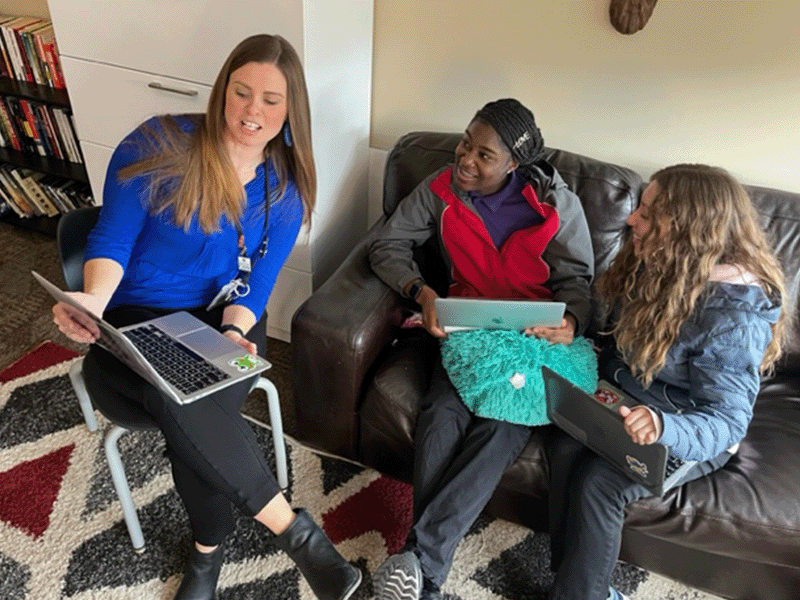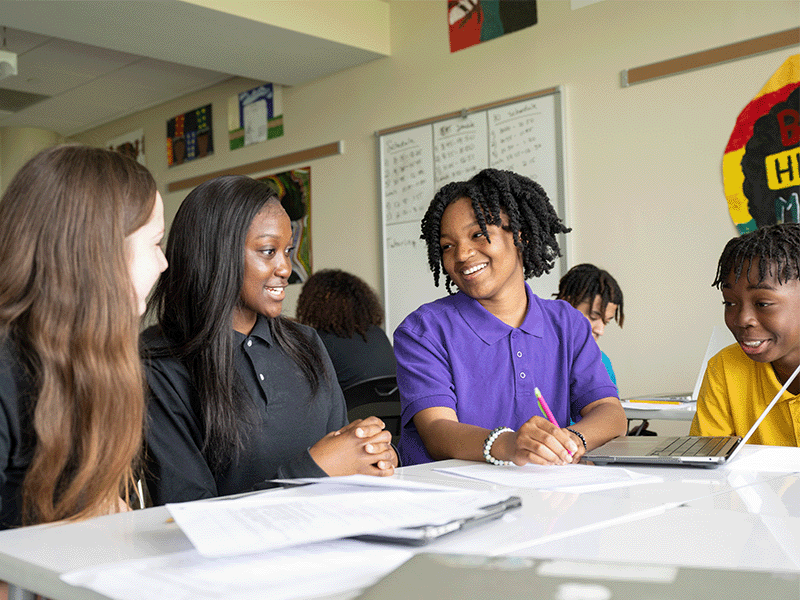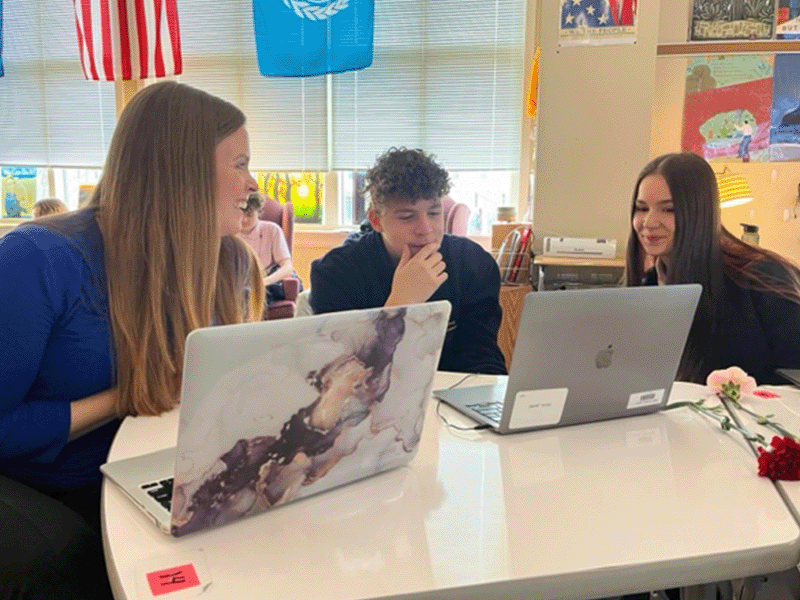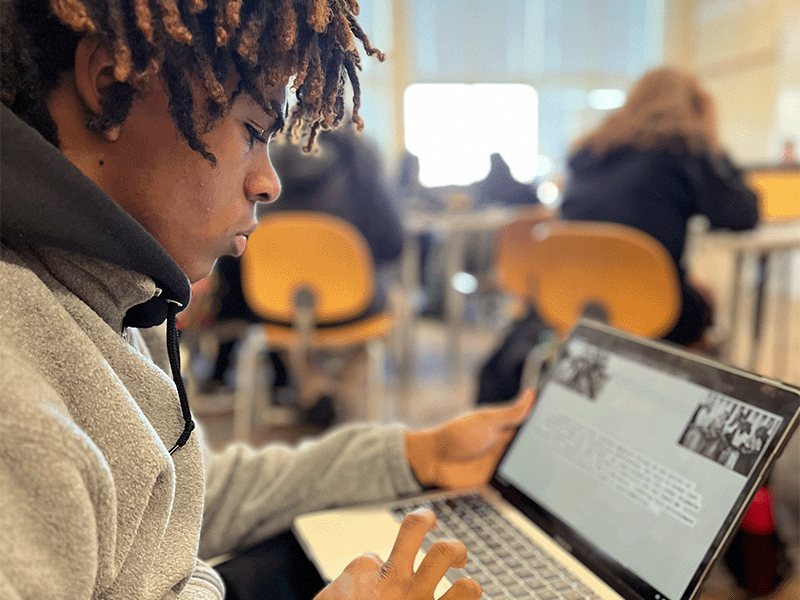Milton Hershey School Teacher Celebrates Diverse Perspectives in Her History Classroom
By Kelly O’Brien, MHS Senior Division Teacher
I’ve learned in my eight years of teaching social studies and history at Milton Hershey School that my job is always evolving, and it keeps me on my toes. It’s easy to be passionate about teaching when you serve MHS students. As a teacher the day-to-day interactions with my students give me energy and purpose. There’s always a reason for us to reflect on why we’re here and what short- or long-term goals we can help our students achieve.

What is great about teaching history and social studies are the soft skills students can take with them. MHS has placed great emphasis on career-based education. Although our courses are not directing students toward a specific trade like automotive, health sciences, culinary, or coding, the skills we teach serve to boost students’ skills for when they enter higher education, become future employees, and engage as active citizens.
In my classroom and in all the school’s history classes, we talk about how we can be cognizant of the individual backgrounds and experiences of the students we serve. We know that none of the students who enter our classrooms will be the same—each coming with their own diverse values and thoughts.

By focusing on inclusion in our classrooms, we show our students how to think analytically and compassionately. This subject area focuses on real people and their stories, so when students can connect to the people and stories we learn about, they take away more from our lessons. Sometimes, this means we focus on how a specific ethnic group experienced a part of history, while other times students may be able to choose a specific geographic location or time period to study, allowing them to gravitate toward familiarity.
In MHS history classes, we work to engage our students in skills that will help them in a variety of ways after graduation. Some of these skills relate directly to the school’s diversity, equity, and inclusion framework, including being able to work with others, listen, and seek to understand. Students make cross cultural connections through which they see the humanity in others, even if it is incredibly different from their own experience. It is teaching these skills and vantage points to our students that makes history so important in classrooms.

As teachers, we must come to an understanding of who is in our classrooms and how we can best connect our content and skills to them. At MHS, this is why we create curriculum and focus on having intentional conversations around Dr. Martin Luther King Jr. Day and Black History Month. Among other activities, this year we connected the school year theme of Day 1 … Day WON to various movements for social justice that were inspired by the civil rights movement.
We previously created Black History Month flashcards about lesser-known inspirational figures in Black history and developed other ways to bring awareness and knowledge to the MHS community. I love that during these times we get to come together to learn and celebrate.

As a teacher, I know that my students and their perspectives are unique and important as we work to shape the next generation of young people who will one day make influential decisions in our world. Their growth, critical thinking, and emotional skills start in our classrooms, and I find it to be an honor to celebrate them, their diverse thinking, and include them as we learn together.

